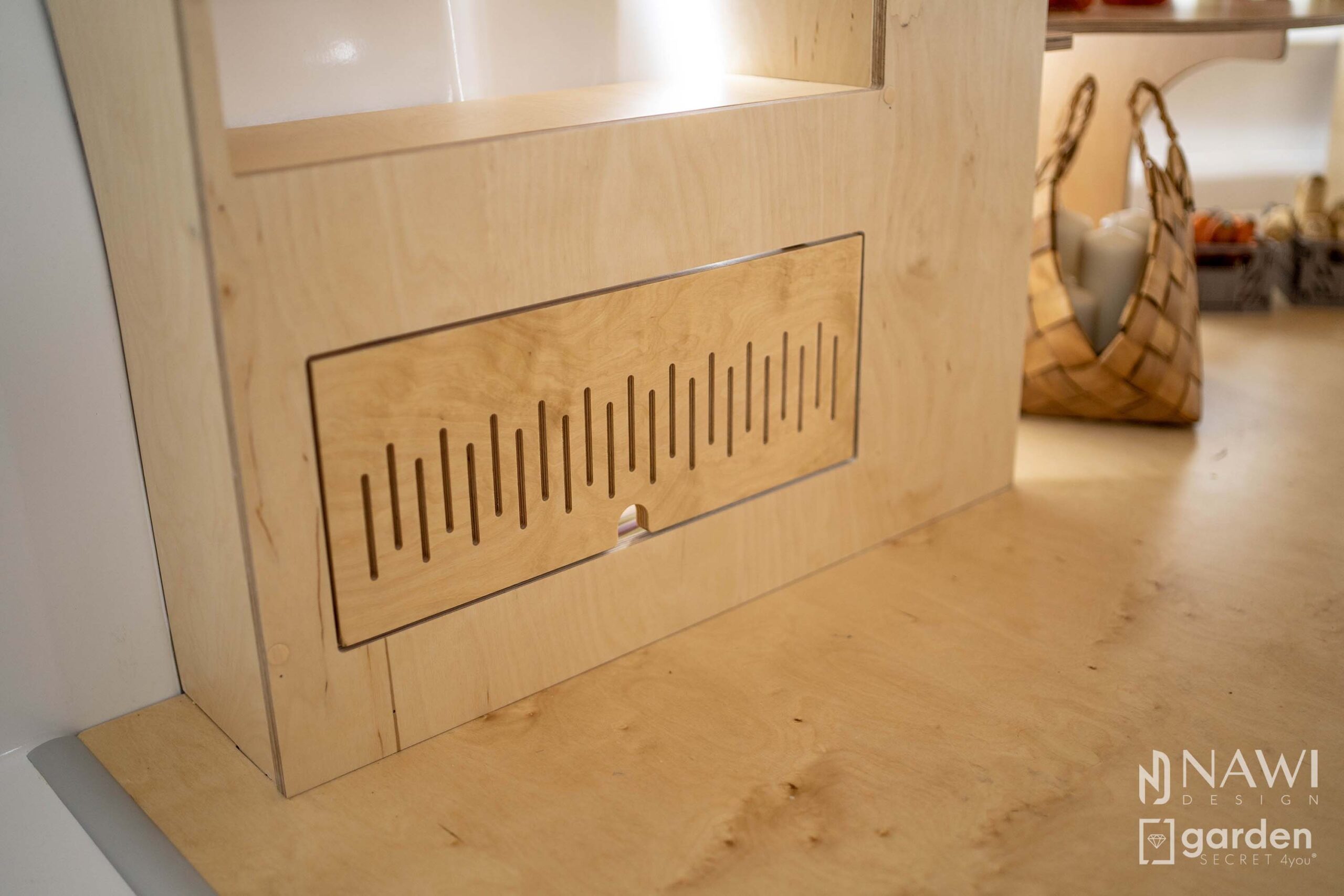
How to Ventilate a Dugout: Effective Ways to Properly Cycle Air
Dugout ventilation is a key part of ensuring a healthy environment in this unusual type of dwelling. Proper air circulation not only improves the comfort of life, but also helps to maintain optimal hygienic conditions. In the following article, we will discuss effective ways to ventilate your dugout.
1. Installation of natural ventilation
Gravity ventilation is based on the principle of natural air movement. Special ventilation holes can be installed in the dugout, located at opposite ends of the tunnel. One hole should be on the lower level and the other on the higher level, allowing air to flow freely. The openings should be adequately shielded to protect the interior from rainfall and unwanted animals.
2. Electric fans
In the event that natural ventilation is not sufficient, it is worth considering the use of electric fans. They can be installed in the right places to support air movement. Electric fans are particularly useful during windless periods when gravity ventilation may be limited.
3. Vents in the Walls
Additional vents in the walls of the dugout can effectively improve airflow. These openings should be placed at different heights to allow air circulation at different levels. It is worth remembering that the holes should be properly secured to prevent moisture or insects from entering.
4. Upper ventilation
The dugout can also be equipped with overhead ventilation, which means that ventilation holes are placed on top of the structure. This works especially well for dugouts with a higher height. Warmer air will naturally rise upwards and the vents at the top will allow it to leave the room freely.
5. Moisture protection
The ventilation of the dugout must also include protection against moisture. Humid air can encourage mold and fungus growth, posing a health risk to occupants. Vents should be properly constructed to keep rain or snow out.
6. USE OF AIR FILTERS
In order to improve the air quality in the dugout, the use of air filters can be considered. Filters help trap pollen, allergens, and other contaminants, contributing to a more hygienic environment. Filters should be checked and replaced regularly to maintain their effectiveness.
7. Heat recuperation systems
In dugouts, where the ambient temperature may be lower, the use of heat recuperation systems can bring additional benefits. These systems allow heat to be recovered from the exhaled air and transferred to the fresh air entering the room. This works especially effectively in winter periods, when maintaining a comfortable temperature is crucial.
8. Humidity Level Monitoring
Regular monitoring of the humidity level in the dugout is extremely important. Too much humidity promotes mold growth, which can lead to health problems. In the case of excessively humid air, it may be necessary to use dehumidifiers.
9. Proper placement of air vents
Choosing the right places for ventilation openings is a key element of effective ventilation. The openings should be placed where the natural movement of air is greatest. Analyzing wind direction and terrain characteristics can help you pinpoint the exact location of vents.
10. Suitable building materials
The materials used to build the dugout have an impact on ventilation and air circulation. Materials with high air permeability can help air flow naturally through the structure. Try to avoid materials that can retain moisture and lead to mold problems.
Summary
Proper ventilation of the dugout is a key element in maintaining a healthy and comfortable environment. A combination of natural gravity ventilation, electric fans, and strategically placed vents can ensure efficient air circulation. It is also important to protect the openings from rain, insects and moisture. The use of these simple but effective solutions will contribute to the creation of a friendly and hygienic environment in the dugout.




